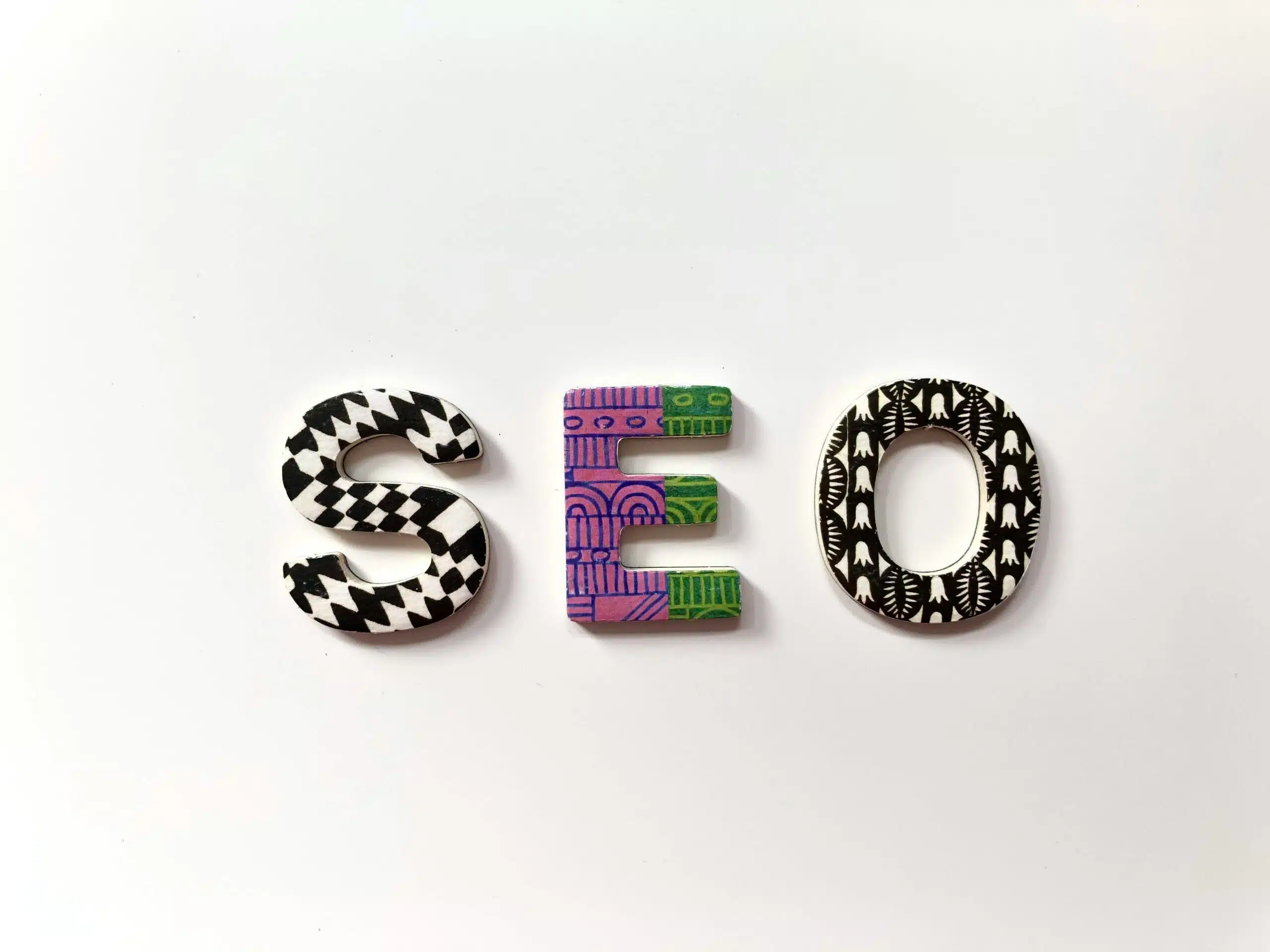In the world of digital marketing, two terms that often come up are SEO (Search Engine Optimization) and SEM (Search Engine Marketing). While they are related, they are not the same thing. In this blog post, we will explore the relationship between SEO and SEM and how they work together to improve a website’s visibility and drive more traffic.
What is SEO?
SEO refers to the practice of optimizing a website to improve its visibility in organic (unpaid) search engine results. The goal of SEO is to rank higher in search engine results pages (SERPs) for relevant keywords, making it easier for users to find your website when they search for related information or products.
SEO involves various techniques, including keyword research, on-page optimization, technical optimization, and link building. By implementing these strategies, a website can improve its search engine rankings and attract more organic traffic.
What is SEM?
SEM, on the other hand, is a broader term that encompasses all marketing efforts aimed at increasing a website’s visibility in search engine results pages. It includes both organic strategies (SEO) and paid advertising tactics.
While SEO focuses on optimizing a website to rank higher in organic search results, SEM also includes paid search advertising, commonly known as PPC (Pay-Per-Click) advertising. With SEM, businesses can create targeted ads that appear alongside organic search results when users search for specific keywords.
The Relationship Between SEO and SEM
SEO and SEM are closely related and work together to improve a website’s visibility and drive more traffic. Here’s how:
1. Keyword Research
Both SEO and SEM rely on keyword research to identify the most relevant and valuable keywords for a website. By understanding what keywords users are searching for, businesses can optimize their website’s content and create targeted ads that align with user intent.
2. Organic and Paid Traffic
SEO focuses on improving a website’s organic traffic by optimizing its visibility in search engine results. On the other hand, SEM leverages both organic and paid strategies to drive traffic to a website. By combining SEO and paid advertising, businesses can maximize their visibility and attract more potential customers.
3. Data Analysis
Both SEO and SEM rely on data analysis to measure the effectiveness of their strategies. By analyzing metrics such as click-through rates, conversion rates, and bounce rates, businesses can identify areas for improvement and make data-driven decisions to optimize their website’s performance.
Conclusion
While SEO and SEM are related, they are not the same thing. SEO focuses on optimizing a website to improve its visibility in organic search results, while SEM includes both organic and paid strategies to increase a website’s visibility in search engine results pages. By combining both SEO and SEM tactics, businesses can maximize their online presence and attract more targeted traffic to their website.
Understanding the relationship between SEO and SEM is crucial for businesses looking to improve their online visibility and drive more traffic. By implementing effective SEO and SEM strategies, businesses can enhance their digital marketing efforts and achieve better results.


